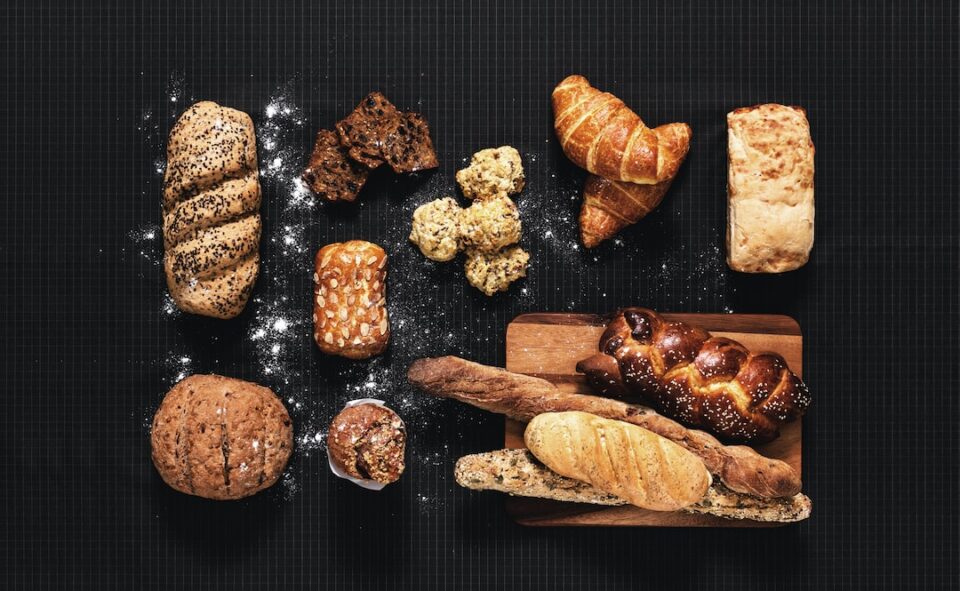The Art of Chocolate Making: From Bean to Bar
Chocolate has long been a beloved treat for people all around the world. Its smooth and velvety texture, combined with its rich and sweet flavor, has made it a staple in desserts and confections. But have you ever wondered about the process that goes into making this delectable treat? From the bean to the bar, there is a fascinating art to chocolate making that often goes unnoticed.
It all starts with the cacao tree, which is native to tropical regions such as Central and South America. The tree produces large pods that contain cacao beans, which serve as the key ingredient in chocolate. These beans are carefully harvested, usually by hand, and then undergo a series of steps to transform them into the chocolate we know and love.
Once the beans are harvested, they are fermented to develop their flavor. This step is crucial in bringing out the complex notes and aromas of the chocolate. The beans are placed in large fermentation boxes or piled into heaps covered with banana leaves. Over the course of several days, the beans release heat and enzymes, which cause fermentation to occur. This process results in the development of flavors and the elimination of any bitterness or astringency present in the raw beans.
After fermentation, the beans are dried. They are spread out on large trays or mats and left to dry under the sun for several days. This step is essential to reduce the moisture content of the beans and make them suitable for further processing. Once dried, the beans are sorted and shipped to chocolate manufacturers around the world.
At the chocolate factory, the beans go through a process called roasting. Roasting enhances the aroma and flavor of the beans. The beans are carefully roasted at specific temperatures to bring out the desired characteristics of the chocolate. This step requires utmost precision and expertise to achieve the desired flavor profile.
Once roasted, the beans are cracked and winnowed. This process separates the outer husk from the inner nib of the cacao bean. The nibs are the essence of chocolate, containing the cocoa solids and cocoa butter that give chocolate its unique taste and texture. After winnowing, the nibs are ground into a thick paste known as chocolate liquor. Contrary to its name, chocolate liquor contains no alcohol but is simply the purest form of chocolate.
The next step in the chocolate-making process is conching. Conching is the process of refining the chocolate liquor. It involves grinding the chocolate liquor with heavy rollers for an extended period of time. This step smoothes out the texture and melds the flavors, allowing the chocolate to develop its characteristic silky and melt-in-your-mouth consistency. The longer the conching process, the smoother and more refined the final chocolate will be.
Once the chocolate has been conched, it is tempered. Tempering is a critical step in chocolate making that ensures the chocolate sets with a shiny finish and a satisfying snap. The chocolate is carefully heated, cooled, and reheated in precise steps to stabilize the cocoa butter crystals within, creating a consistent texture and appearance.
Finally, the tempered chocolate is poured into molds and left to cool and harden. This is the last step in the chocolate-making process before it is ready to be enjoyed. The cooled chocolate is carefully released from the molds, revealing beautifully shaped bars or confections. These bars are then packaged and prepared for distribution, ready to be savored by chocolate enthusiasts worldwide.
The art of chocolate making is a meticulous and labor-intensive process that requires skill, patience, and a deep understanding of the properties of chocolate. From the careful fermentation and drying of the cacao beans to the conching and tempering of the chocolate, every step is crucial to producing a high-quality product.
Next time you unwrap a chocolate bar or indulge in a truffle, take a moment to appreciate the craftsmanship and dedication that went into creating such a delightful treat. From the humble cacao bean to the perfectly crafted bar, the art of chocolate making is truly a work of art to be savored and admired.

